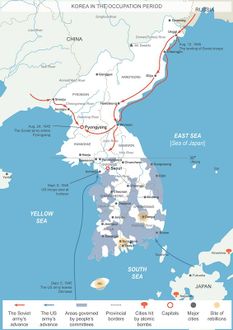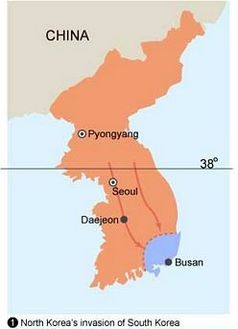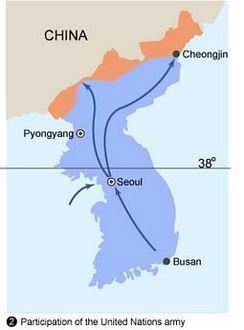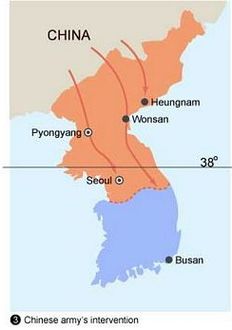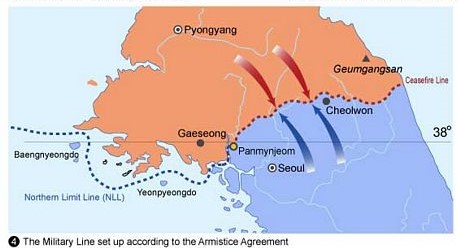A New Dawn and the Night before a Storm - The Post-Liberation Period
Korea gained independence following Japan’s loss to the Allies during World War II. However, Korea was immediately turned into a trusteeship by the Allies, who divided Korea along the 38th parallel with the north under the trusteeship of the Soviet Union and the south under the trusteeship the United States. This division was meant to be temporary and aid Korea in preparation of its own elections, but an inability to agree on the terms of a national government, disagreement between politicians, and anti-communist sentiment resulted in a failure to accommodate a national election. In 1948, the Republic of Korea, which had founded in 1919 but been in exile in China during the Japanese occupation, took charge in the south with Syngman Rhee as president. Meanwhile, the Democratic People’s Republic of Korea was founded in the north with Kim Il-sung as premier. During this period of trusteeship and establishment of the new government, there was violent suppression of uprisings in the name of anticommunism, most notably the Jeju Uprising, which resulted in the death of up to 10 percent of the island’s population.
On June 25, 1950, Kim Il-sung attempted to reunite the country under communist rule by attacking south of the 38th parallel, thus starting the Korean War. Kim’s troops advanced nearly all the way to Busan, but were pushed back above the 38th parallel through various maneuvers, including the Incheon Landing led by UN troops in September 1950. The south then advanced into the northern half of Korea, which China saw as a threat, and sent troops to support the North in October 1950. The civil war lasted three years and ended on July 27, 1953 in an armistice agreement, meaning that the two Koreas are still technically at war. The war resulted in great loss of life and property, especially in North Korea which had been the target of intensive air bombing, as well as many dislocated people, separated families, and orphans. The armistice agreement led to the creation of the Demilitarized Zone (DMZ), a highly secured, approximately 4 km-wide border separating the two Koreas, which has since unintentionally become an unofficial wildlife preserve.


